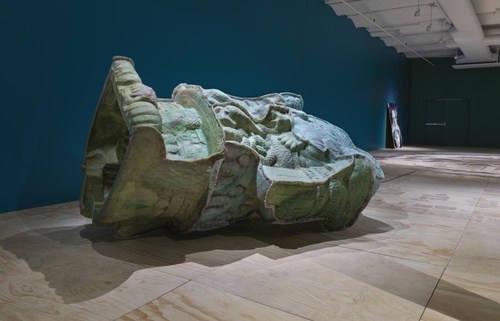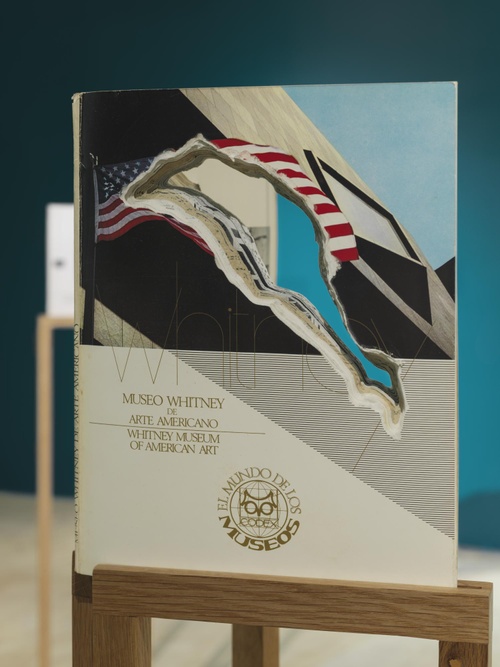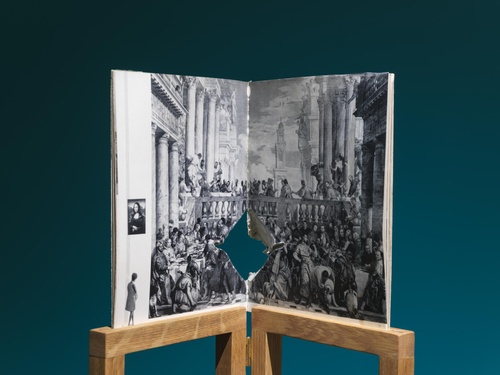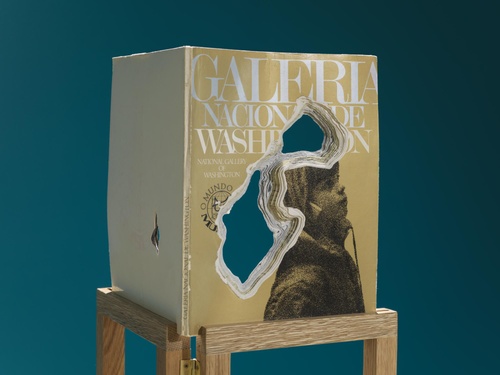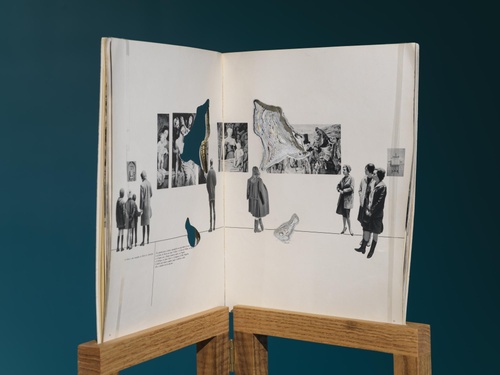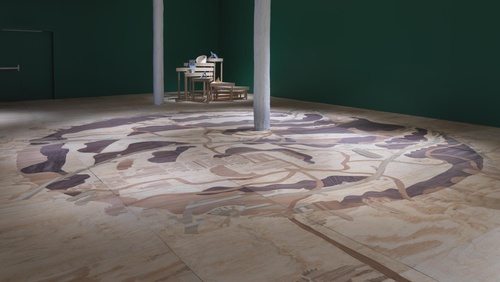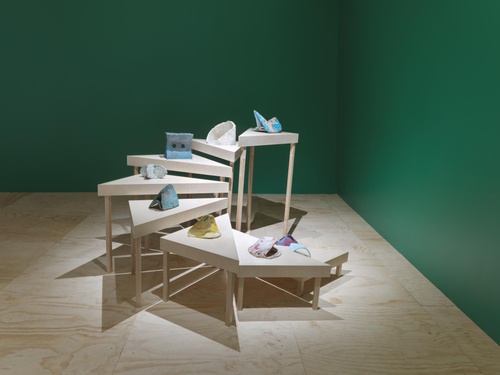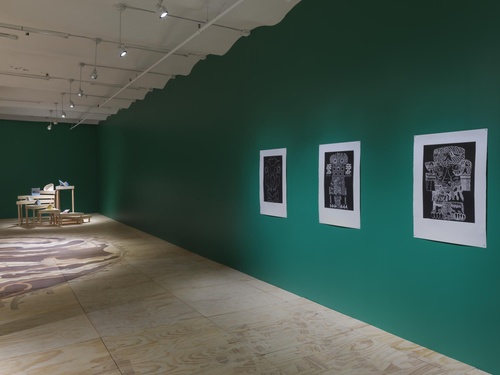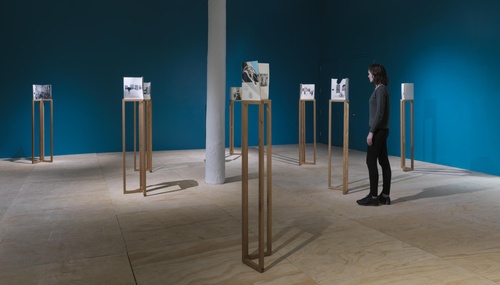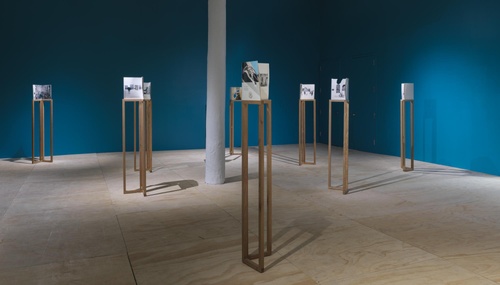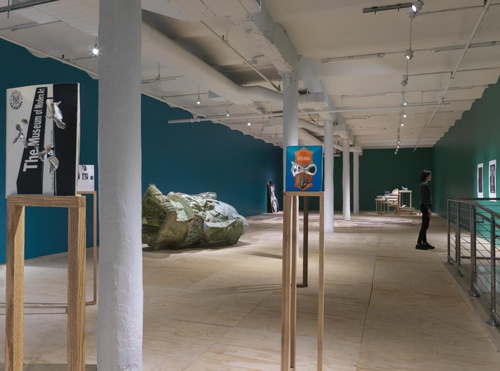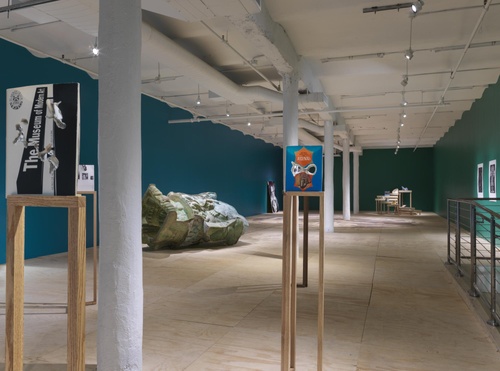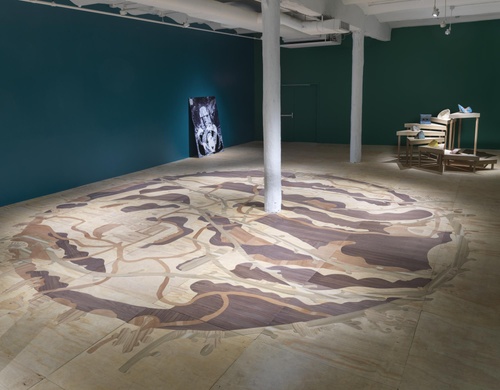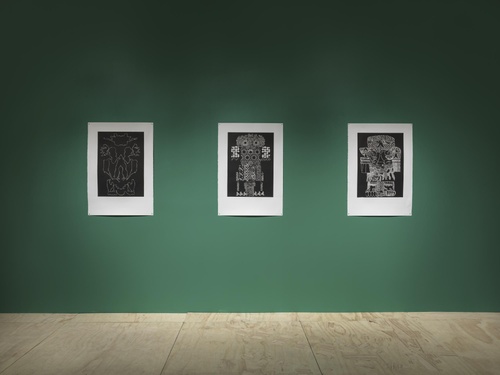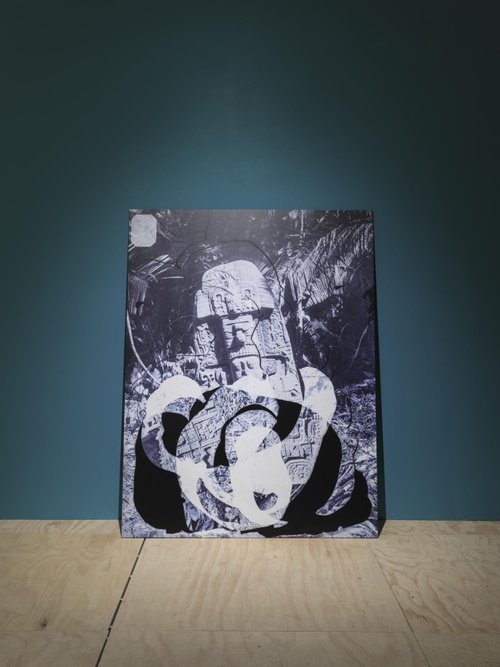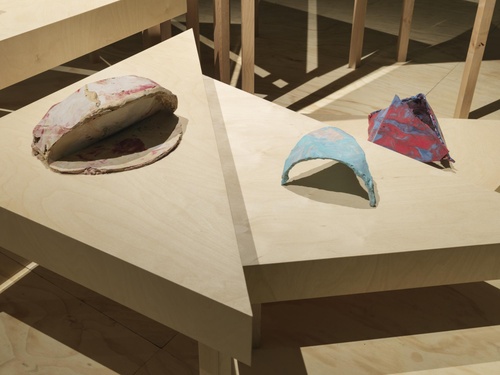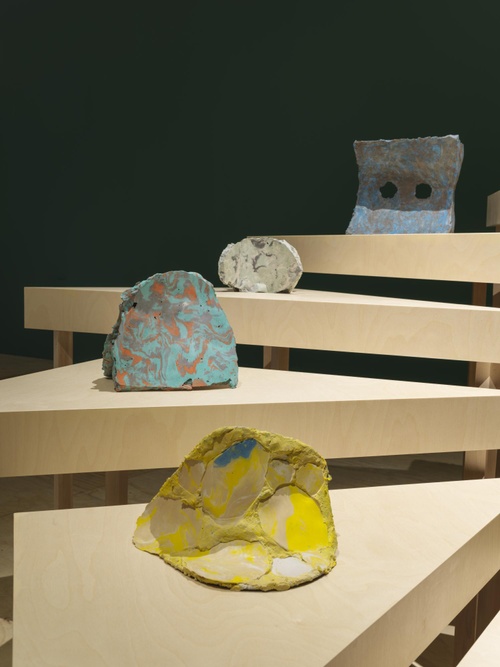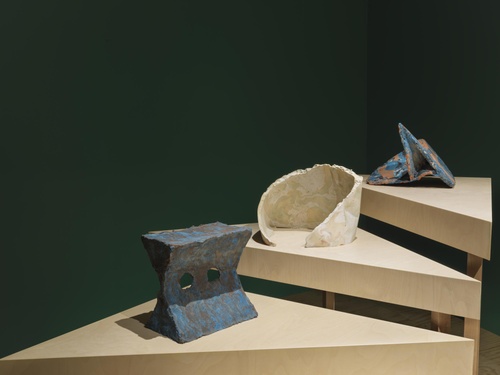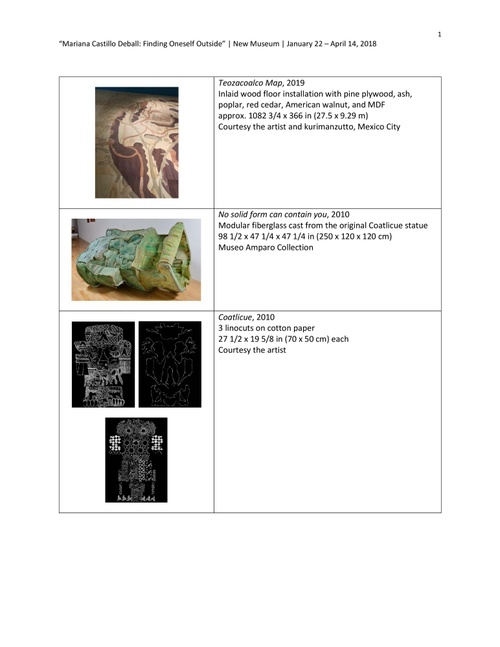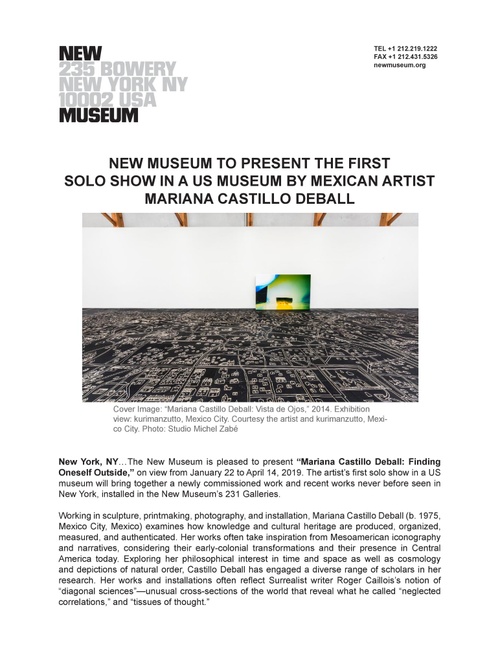Mariana Castillo Deball: Finding Oneself Outside
Mariana Castillo Deball: Finding Oneself Outside
Working in sculpture, printmaking, photography, and installation, Mariana Castillo Deball examines how knowledge and cultural heritage are produced, organized, measured, and authenticated. Her works often take inspiration from Mesoamerican iconography and narratives, considering their early-colonial transformations and their presence in Central America today. Exploring her philosophical interest in time and space as well as cosmology and depictions of natural order, Castillo Deball has engaged a diverse range of scholars in her research. Her works and installations often reflect Surrealist writer Roger Caillois’s notion of “diagonal sciences”—unusual cross-sections of the world that reveal what he called “neglected correlations,” and “tissues of thought.”
In 2019, the New Museum presented Castillo Deball’s exhibition “Finding Oneself Outside,” which offered a possible description of a sensation that is central to both the study of history and the experience of encountering an unfamiliar culture. The exhibition’s centerpiece, a specially commissioned inlaid wood floor installation, drew from an early colonial map of San Pedro Teozacoalco, Mexico, which bore a unique stylistic blend of European maps and Mixtec codices of the sixteenth century. A large-scale sculpture, No solid form can contain you (2010), offered a peculiar visualization of space as a would-be mold turned inside out—panels cast from a statue of Coatlicue, the Mexica, or Aztec, mother goddess, were inverted to reveal their concave sides and reassembled to create a hollow figure. Do ut des (2014–19), Castillo Deball’s series of perforated books, borrowed its title from a Latin phrase meaning “I give so that you will give,” and her Mathematical Distortions (2012) referred to the shifts in knowledge that occurred with shifts in position. Together, the works in the exhibition spoke to the place of the viewer, the permeability of surfaces, and ideas of reciprocity and exchange.
This exhibition was curated by Natalie Bell, Associate Curator.
